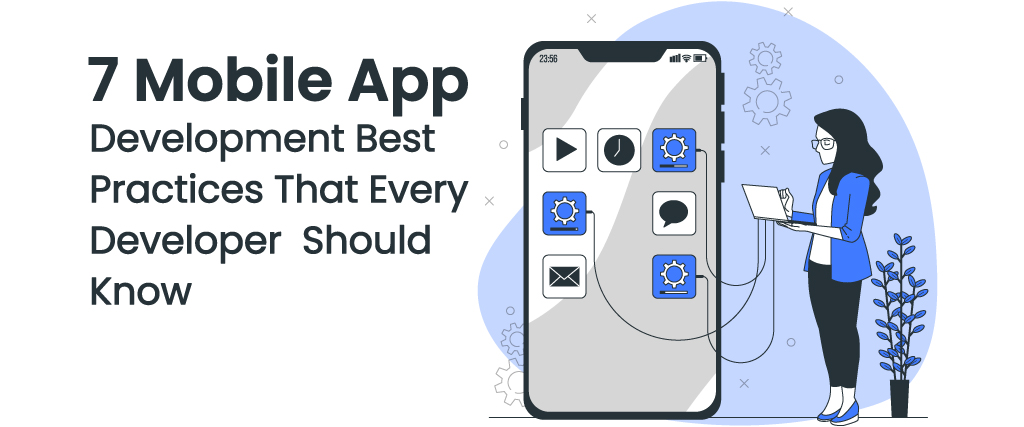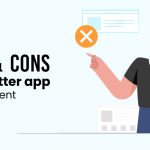Mobile App Development Best Practices: Applications and other forms of technology arose during the epidemic, and the following limitations are to meet the needs of daily activities with little human interaction.
Satisfying the expectations of the increasing number of mobile app users has assisted in accelerating the development of app production for mobile devices at a rapid pace.
Mobile integration became essential for a company’s existence with its tremendous digital transformation.
But it’s not as easy as it sounds to get into the mobile industry.
The process of testing, constructing deployment, monitoring, and testing is continual and involves equal parts dedication, work, patience, and dedication.
If you make one mistake, you’ll only wind up squandering money in the process.
Knowing the software development process is crucial for developing a strategy to put your mobile app’s marketing ideas into action and assuring your firm’s longevity.
The ideal option for you if you’re searching for the finest mobile app development services is Yugasa Software Labs.
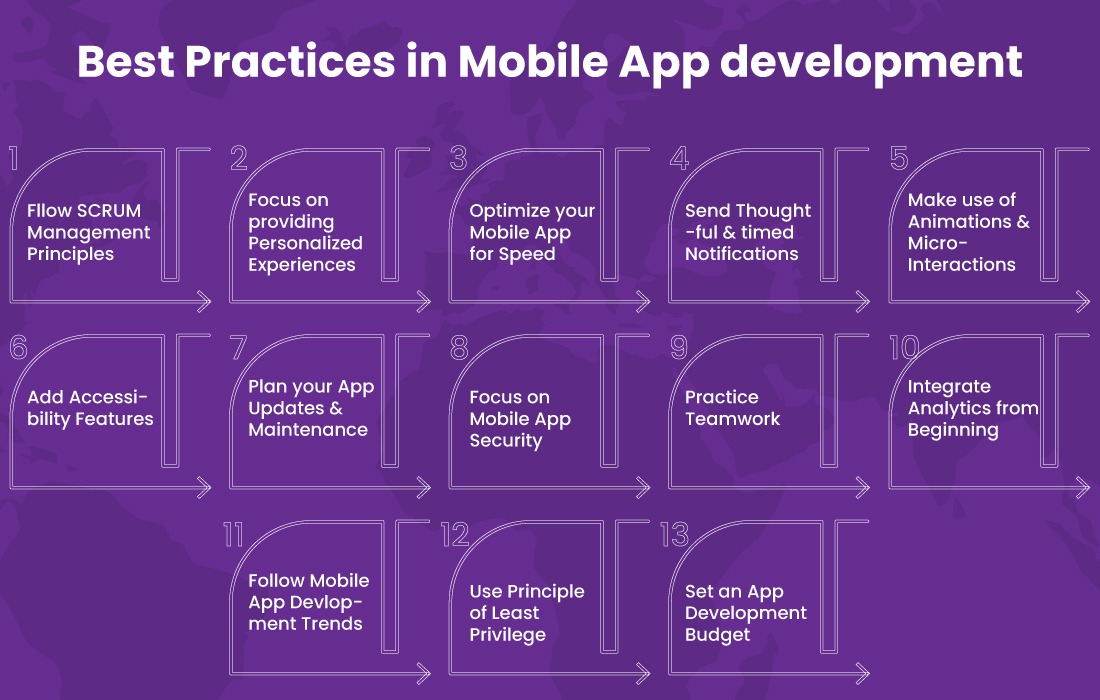
If developing an app for your business seems like a pipe dream, you’ve come to the perfect place.
Here are 7 mobile app development best practices that will help you get through the first obstacles in the way of realizing your dream:
● Make a comprehensive investigation
One of the finest approaches for developing mobile apps is thorough research, which you shouldn’t leave to chance.
Reading the best books on mobile app development can help you advance your knowledge, as will keeping in mind the following ideas before executing your strategy.
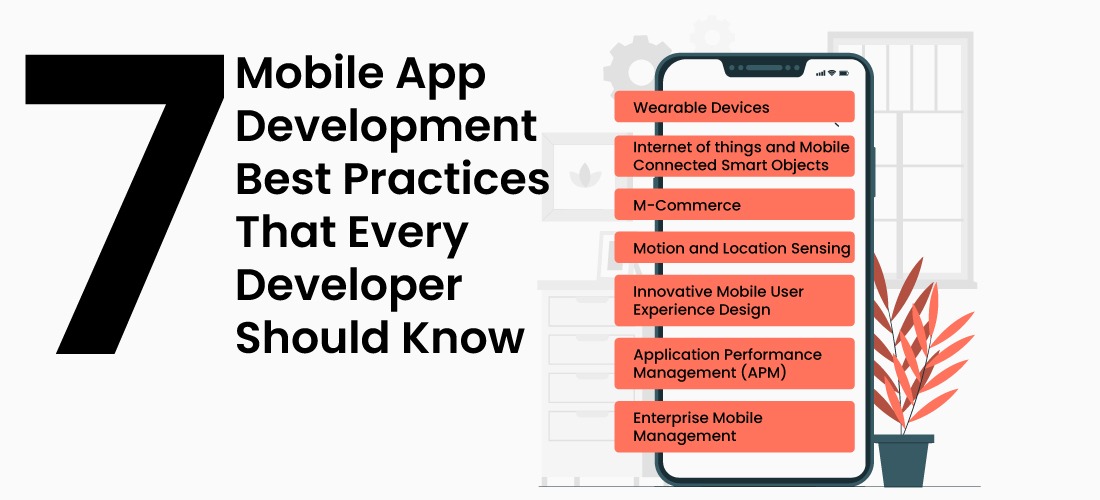
● Be mindful of the money side.
Determine the revenue that dictates the requirement for mobile applications by examining current patterns in net and gross income.
Think about the intricate cost structure.
● Find your target audience and get familiar with their demands.
This will assist you in identifying prospective client acquisition channels to consider.
You’ll also estimate how many people will download and use your app when it launches.
● Find the impediments in your path. Find your niche’s competitors.
You should be able to choose competitors to contrast based on their aims and ambitions in the market.
Take a look at new businesses or even the most renowned ones.
Consider their advantages and disadvantages as you create your app development strategy.
You must focus on more than just the project’s possible outcomes when establishing your business and investing in mobile app development.
To find potential problems throughout the process, you must keep track of every aspect.
● Make a solid plan of action
Now is the time to lay out a detailed strategy for the mobile app development process in the following parts.
The design should be divided into manageable, bite-sized stages. Assess your mobile application’s value to your users first.
List the features and capabilities unique to your application next.
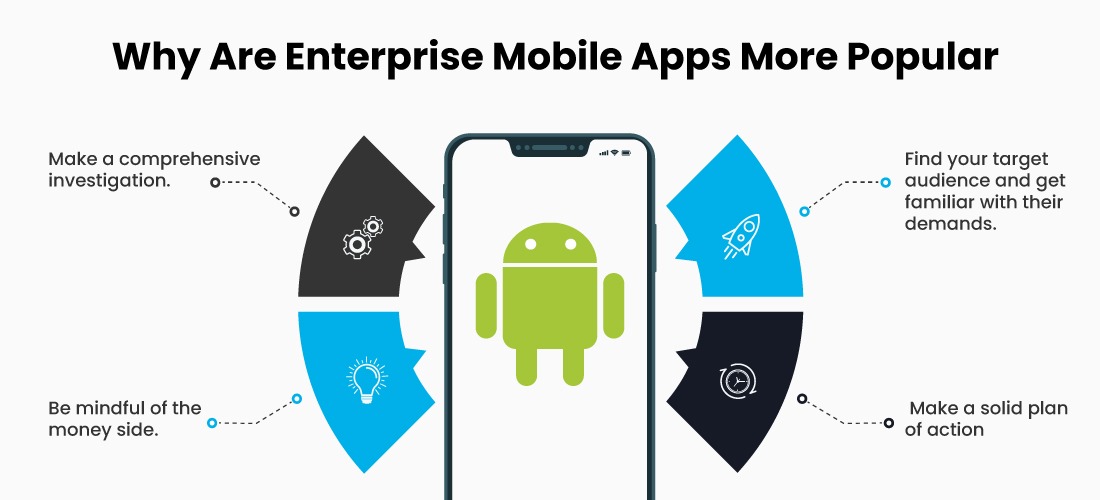
● Select the development strategy that best achieves your aims.
Based on your in-depth research, you may have realized that there are differences in how mobile apps are developed.
Mobile applications may be created that are native, cross-platform, and web-based.
You must consider both your mobile application’s functionality and the available resources while making this decision.
Choose a technique that most closely resembles the languages you are acquainted with.
Make careful to confirm that the method you choose is suitable for the kind of app you’re using.
The user experience (UX) of native applications is excellent, but they are more expensive to develop since you must focus on one platform at a time.
On the other hand, web-based applications are fantastic because they support mobile viewing without limitations for app stores.
Cross-platform apps might also be an excellent choice if you’re looking to reach a broader audience on a tighter budget.
● Picking the right platform
Did you decide on the native route?
The next step is to choose between Android and iOS.
Each OS has a variety of applications with specialized features that may improve the effectiveness of specific developmental stages.
Because this small step is subject to an algorithm, choosing a platform is not the same as picking a tiny mode.
The prospective user is separated based on this crucial mobile application development best practice.
You’ll need to comprehend these differences in your research since they exist between the habits of Android and Apple customers.
● Know how your design components function
A clash between the designers and the developers might occur when creating an app.
Consequently, the project can fail, and the development process might be delayed.
Designing a wireframe that developers and designers can readily grasp is crucial at the start of the programming process.
The application’s style, features, and functionality may also be coordinated using tools like mood boards.
The app’s design may assist you in visualizing the end-user experience at this early stage of project problem-solving.
● Security should be prioritized above anything else.
When creating a mobile application, you include various user data, including sensitive data.
The capabilities of your app will determine the kind of data you get.
The utmost level of security must be used to protect every piece of information, which is your obligation.
Knowing about mobile app development best practices before you build your app to secure your data and protect your consumers and your company is critical.
Be careful to use just the authorized
API (API) and high-level security authentication when developing secure, encrypted software for each data stream.
These are the best techniques to secure your mobile app like an oyster.
● Various test methods should be used.
Tests are used to assess your application’s performance.
Recognize that testing does not just take place before an app is released.
Mobile app development is a continuous process that requires regular testing to find and resolve faults and catch any unforeseen problems.
You may use our software testing services at Yugasa Software Labs if you don’t have an internal testing department or a sizable testing staff.
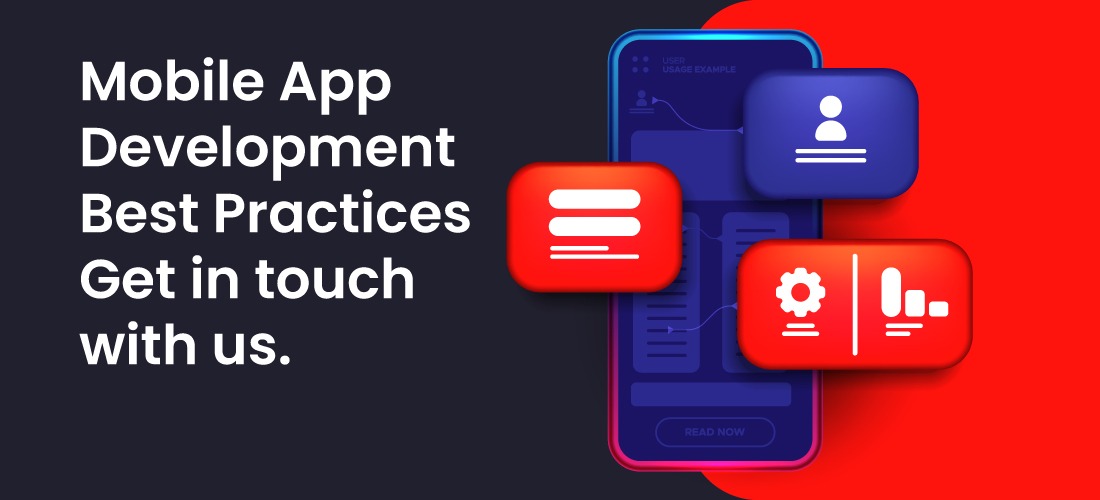
Conclusion
The ideal option for you if you’re searching for the finest mobile app development services is Yugasa Software Labs.
Yugasa Software Labs provides clients with adaptable mobile app solutions created to meet their requirements.
Our team is made up of skilled and knowledgeable individuals that work to offer a service or product that meets the unique needs of the many sectors we serve.
FAQs
What characteristics distinguish a quality user interface for mobile devices?
Keep the user interface for mobile devices. Clutter-free.
A successful mobile design must include clarity as a critical component.
Any mobile app may become confusing and difficult to use if it has too many design components, such as buttons, graphics, and text.
One of UI design’s deadliest enemies is clutter.
How many displays does an app need to have?
Generally speaking, you shouldn’t have more than 10 screens in a single app, and App Inventor will alert you if you try to go above this number.
Read More: BEST PRACTICES TO FOLLOW FOR APP DEVELOPMENT IN STARTUPS


